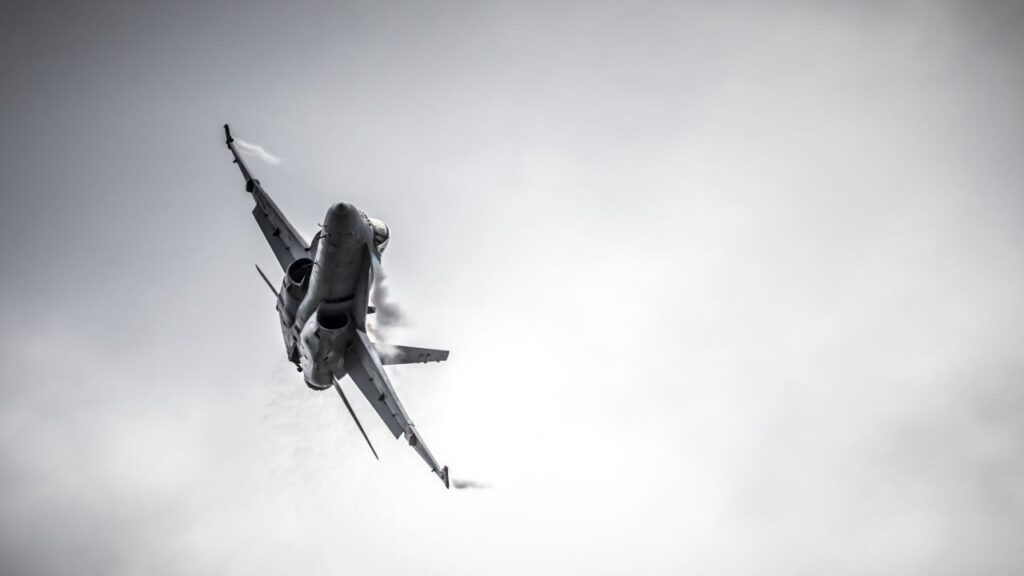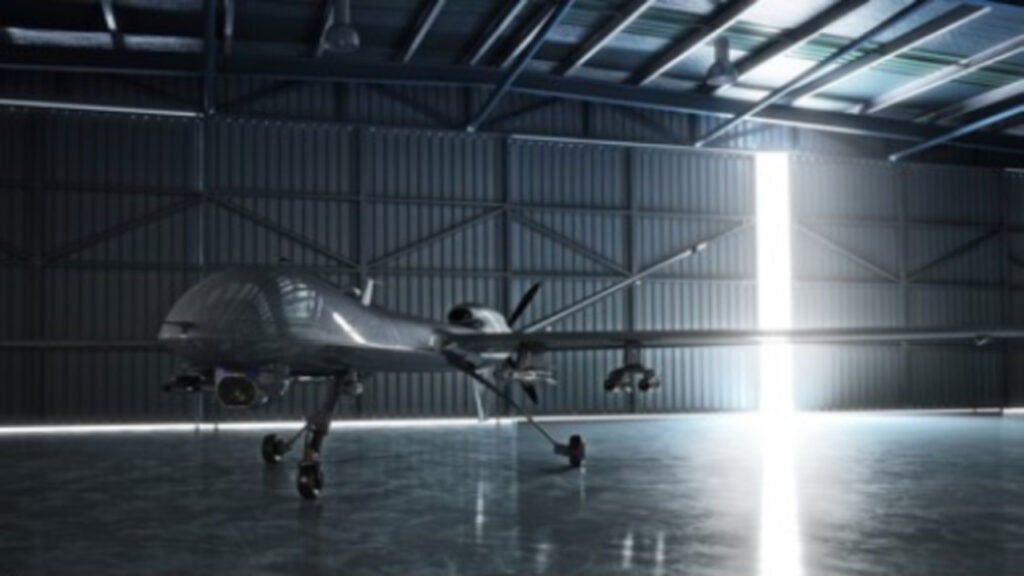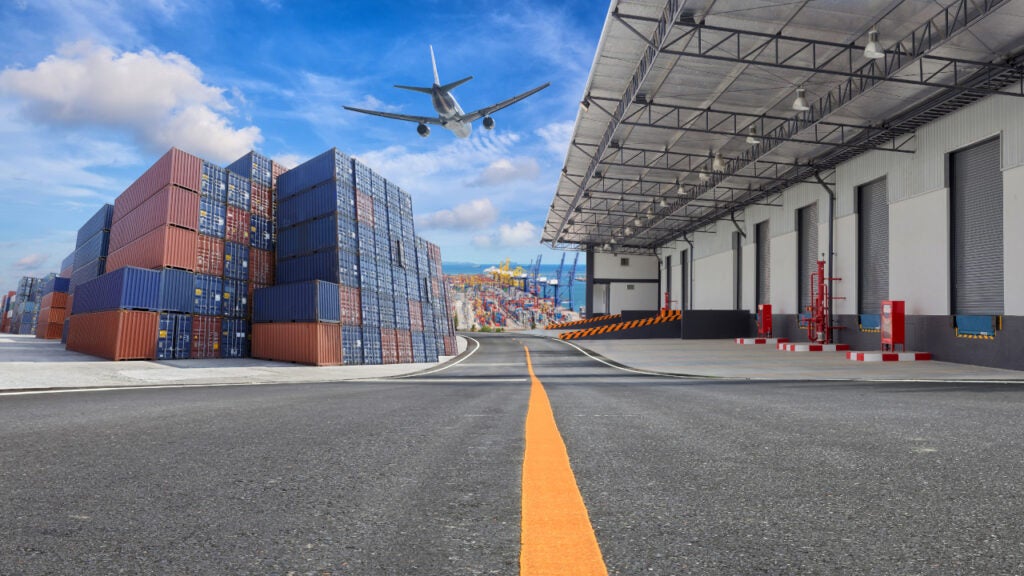The aerospace and defence industry continues to be a hotbed of innovation, with activity driven by the pressing need for modernisation and the growing importance of emerging technologies such as artificial intelligence and unmanned systems. In the last three years alone, there have been over 174,000 patents filed and granted in the aerospace and defence industry, according to GlobalData’s report on Internet of Things in Aerospace, Defence & Security: Remote-controlled drones.
However, not all innovations are equal and nor do they follow a constant upward trend. Instead, their evolution takes the form of an S-shaped curve that reflects their typical lifecycle from early emergence to accelerating adoption, before finally stabilising and reaching maturity.
Identifying where a particular innovation is on this journey, especially those that are in the emerging and accelerating stages, is essential for understanding their current level of adoption and the likely future trajectory and impact they will have.
180+ innovations will shape the aerospace and defence industry
According to GlobalData’s Technology Foresights, which plots the S-curve for the aerospace and defence industry using innovation intensity models built on over 262,000 patents, there are 180+ innovation areas that will shape the future of the industry.
Within the emerging innovation stage, aircraft powertrain controls, remote controlled drones, and aircraft anti-collision systems are disruptive technologies that are in the early stages of application and should be tracked closely. UAV swarm control, lidar for vehicle anti-collision, and satellite image smoothing techniques are some of the accelerating innovation areas, where adoption has been steadily increasing. Among maturing innovation areas are sensor-guided aiming assists and aircraft flight control systems, which are now well established in the industry.
Innovation S-curve for Internet of Things in the aerospace and defence industry

Remote-controlled drones is a key innovation area in Internet of Things
A remote-controlled drone, meaning a remote-controlled flying drone, is an unmanned aerial aircraft that you can control with a remote.
GlobalData’s analysis also uncovers the companies at the forefront of each innovation area and assesses the potential reach and impact of their patenting activity across different applications and geographies. According to GlobalData, there are 10+ companies, spanning technology vendors, established aerospace and defence companies, and up-and-coming start-ups engaged in the development and application of remote-controlled drones.
Key players in remote-controlled drones – a disruptive innovation in the aerospace and defence industry
‘Application diversity’ measures the number of different applications identified for each relevant patent and broadly splits companies into either ‘niche’ or ‘diversified’ innovators.
‘Geographic reach’ refers to the number of different countries each relevant patent is registered in and reflects the breadth of geographic application intended, ranging from ‘global’ to ‘local’.
The leading patent filer in the remote-controlled drones sector is Boeing. The company is very active in the development of drones for military applications. Key products include the MQ-25, an autonomous refueller designed for the US Navy, and the MQ-28, an autonomous “loyal-wingman” multi-role fighter platform. Other key patent filers in the sector include Israel Aerospace Industries, Textron, and Northrop Grumman.
In terms of application diversity, Boeing is one of the leaders, followed by Israel Aerospace Industries and Textron. With regards to their geographic reach, Israel Aerospace Industries is the leading company, followed by Boeing and Textron.
Many companies are investing in UAVs, with the mission expected of these platforms growing from ISR and strike to logistics, refuelling, and combat. Additionally, some producers are beginning to produce platforms available at a low price point which means countries with lower defence budgets can access the capability.
To further understand how Internet of Things is disrupting the aerospace and defence industry, access GlobalData’s latest thematic research report on Thematic Research - Internet of Military Things.




